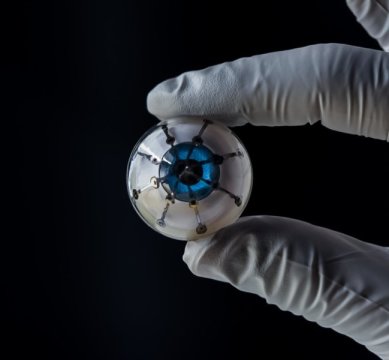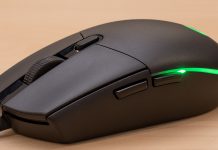Bionic Eye : A team of researchers at the University of Minnesota has 3D printed Bionic Eye.
They have fully 3D printed an array of light receptors on a hemispherical surface.
This discovery marks a significant step toward creating a “bionic eye”.
Besides that this could help blind people to improve their vision.

McAlpine said the most surprising part of the process was the 25 percent efficiency in converting the light into electricity they achieved with the fully 3D-printed semiconductors.
“We have a long way to go to routinely print active electronics reliably, but our 3D-printed semiconductors are now starting to show that they could potentially rival the efficiency of semiconducting devices fabricated in microfabrication facilities,” McAlpine said. “Plus, we can easily print a semiconducting device on a curved surface, and they can’t.”
Also Read : Amazing Inventions That Make Your Life Better
3D Prototype
McAlpine and his team received international attention a few years ago for printing a “bionic ear.”
Since then, they have 3D printed life-like artificial organs for surgical practice .
Also printed electronic fabric that could serve as “bionic skin“.
McAlpine’s drive to create a bionic eye is a little more personal.
“My mother is blind in one eye, and whenever I talk about my work, she says, ‘When are you going to print me a bionic eye?'” McAlpine said.
McAlpine’s research team includes University of Minnesota mechanical engineering graduate student Ruitao Su .
Also includes postdoctoral researchers Sung Hyun Park, Shuang-Zhuang Guo, Kaiyan Qiu, Daeha Joung and Fanben Meng.
Besides that undergraduate student Jaewoo Jeong was a part of the research
National Institute of Biomedical Imaging and Bioengineering of the National Institutes of Health (Award No. 1DP2EB020537) The Boeing Company, and the Minnesota Discovery, Research, and InnoVation Economy (MnDRIVE) together funded the research as an initiative through the State of Minnesota.
Also Read :



























